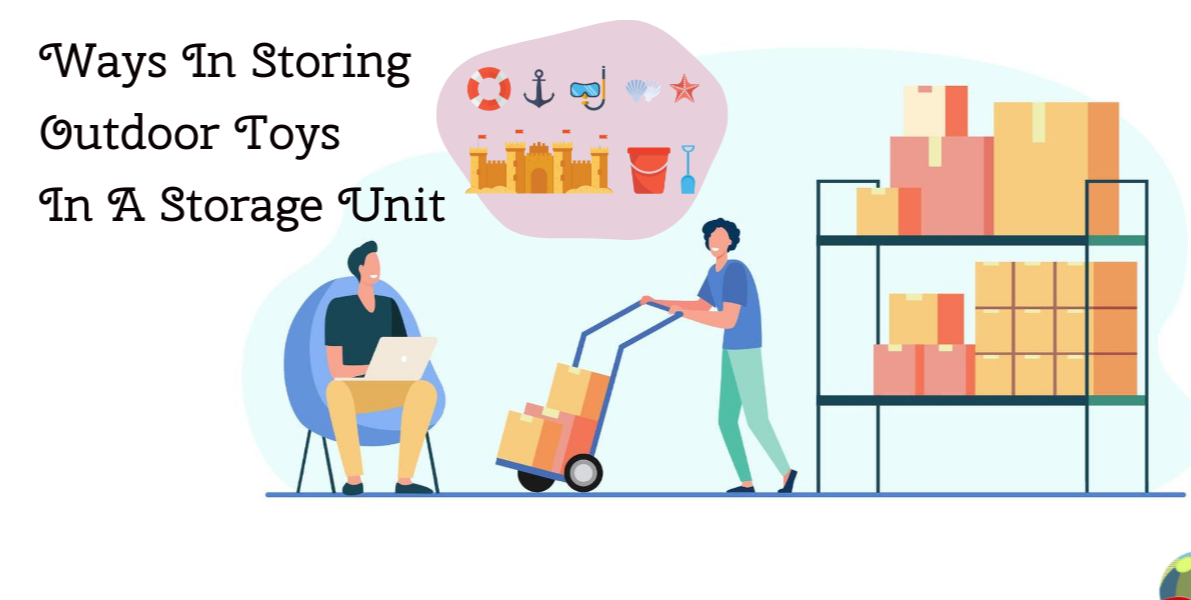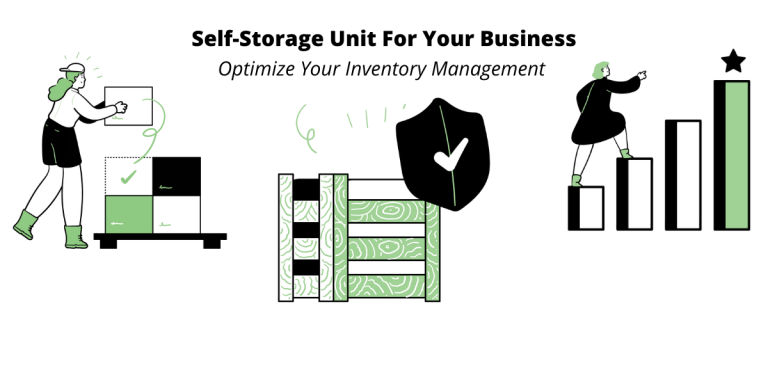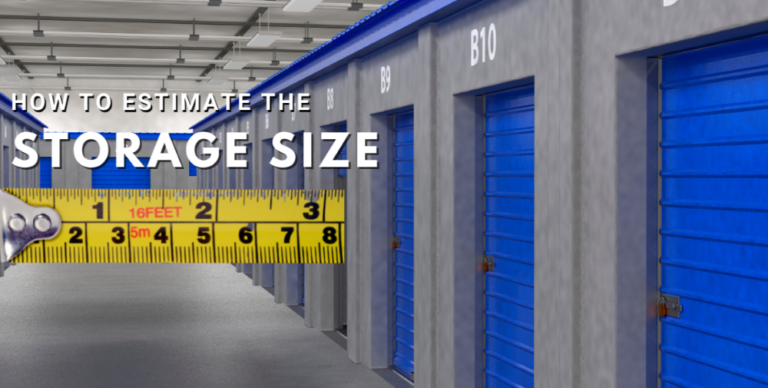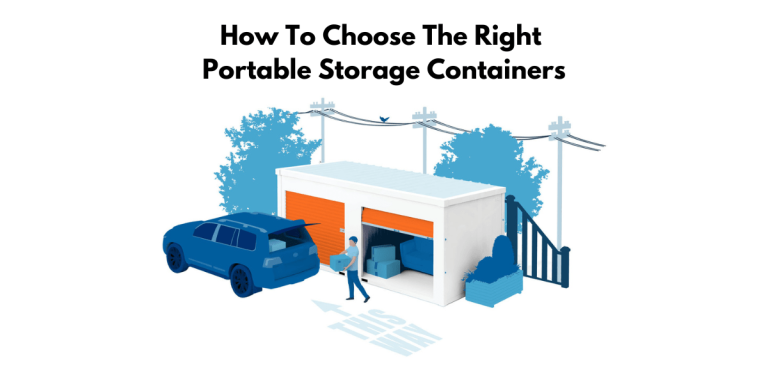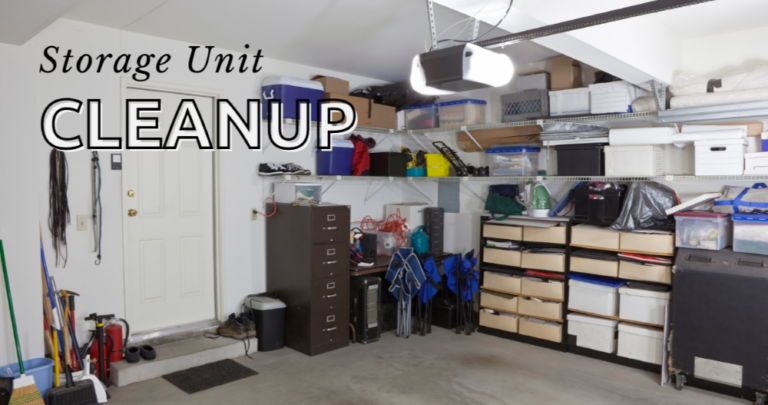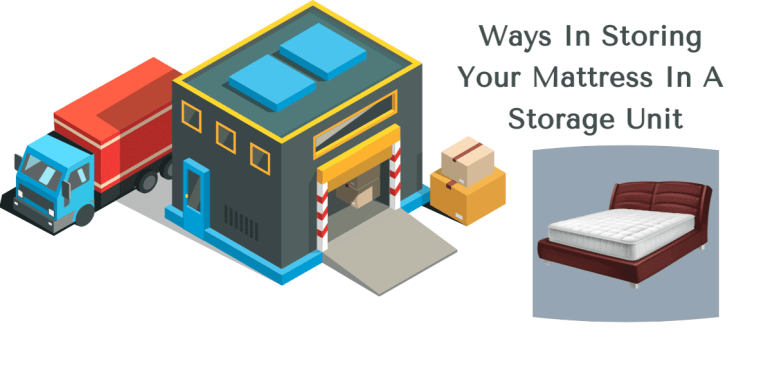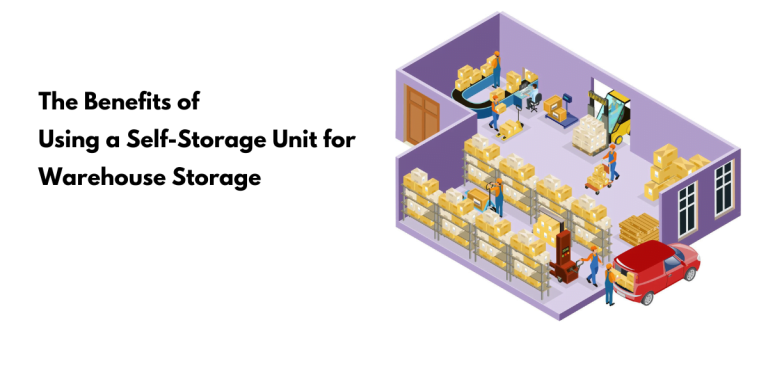Storage Unit Guide: How to Properly Store Outdoor Summer Toys
How to Properly Store Outdoor Summer Toys in a Self-Storage Unit
Along with the back-to-school routines are some outdoor summer toys that have to be stored. Here are some tips on how you can properly store your summer toys.
To properly store your outdoor summer toys, consider a few things. With the right indoor storage tips and proper care, your summertime fun can be kept in tip-top shape come winter.
The following is an example of a good summary for this guide:
Where do you store summer toys?
It can be difficult to find a place for all your summer toys. If you want cheap, easy storage, try using milk crates and hanging them from the ceiling of a high-up closet or on a wall.
Some people think that storing summer toys on high shelves or boxes is the best way to store them. But this isn’t always ideal, especially if you have a lot of kids playing with these outdoor toys.
It’s much better to put all your children’s summertime gear into bins, so it doesn’t take up space and make the backyard look messy at home too!
If you have a lot of outdoor summer toys, like bikes and tricycles, it’s important to make sure they are properly stored. Simply stacking them on top of each other can cause major problems for your lawn this time of year because the tippy-top bike is likely to tip over onto one or more others. That will lead to broken parts and an unnecessary hassle when trying to put things back together again!
Some people opt for an attic space because it is typically easy to access and has more storage than what would be needed in one room alone. If this isn’t available, then consider buying some large bins that can hold everything from balls for soccer games to a set of old bikes.
Another option is to store the toys in your garage or basement with chalkboard labels to make it easy for you and your kids to quickly find what they’re looking for when they come back from playtime outside.
One of the best ways to properly store summer toys is by sticking on chalkboard decals or making labels yourself with some chalkboard paint. This will help you organize your storage unit, especially if you use a stick-on label. The most important part of organizing your units is that it’s not about how much space is per square foot but rather what’s inside each area when they’re organized and neatly put away.
If you’re out of storage space in your home, consider using storage units. It will make clean-up easy for your kids, and it’s also a safe place to store all of the outdoor summer toys that they won’t be able to play with during wintertime.
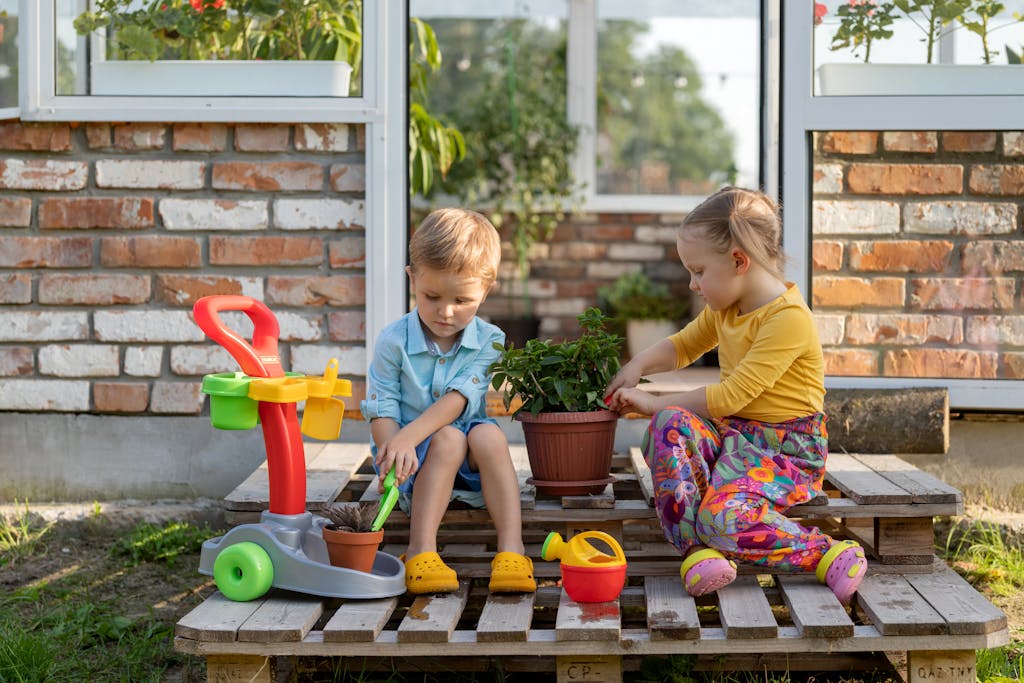
Rent the right unit
When deciding where to store your outdoor summer toys, you need to consider what you’re storing. Some items have specific climate requirements while others don’t. To choose the best storage unit for your needs, look at how many square feet of space will be needed and find a self-storage facility with indoor climate control. For example, if you have a pool outdoors with inflated life jackets in it, an outdoor climate-controlled storage unit is necessary so they can stay dry during inclement weather.
While it may seem like a lot to think about when storing your summer toys, some important things should be kept in mind. How much space you have for storage and what type of items need to be stored will determine which unit is best for you.
The size of the item and whether or not it can fit inside comfortably need to be considered before renting a storage space. The amount needed also needs to be estimated because many companies don’t carry as many different sizes as is needed.
It’s also important to remember that the size of the unit and how much space it will take up should be considered before renting an outdoor storage unit.
If you know that your children will need to access their summer toys often, a rental unit may be the best option. If you have a tight budget and don’t want to spend too much on storage space, renting is also worth considering.
It’s important to keep an eye out for theft and ventilation when determining which unit would work best in your situation.
It’s important to discuss before renting a unit with the facility’s owner, manager, or staff. This will help you understand options for storage and rental rates. If you plan on storing other items like furniture and outdoor summer toys in your unit, it may be better to reserve one that is bigger than what you need right now if cost is not an issue for budgeting purposes.
Take an inventory
Take an inventory of what you plan to store. List the items that will be stored and make sure they are in good condition. Make sure the storage unit is suitable for your needs, depending on how long you expect to store them. For example, if you want to keep toys outside all summer, a storage unit with climate control would be best for storing outdoor summer toys.
To properly store summer toys, people need to take an inventory of their items. This will help them understand what can be placed in a storage unit and what should be kept at home or elsewhere. It is also necessary to organize the items into categories such as vehicles, arts and crafts, stuffed animals, dolls, dress-up, educational, electronics, games, or pretend play so that everything has its place when it comes time to use these things again during the holidays.
Make sure to take an inventory of all the items you want to store, including seasons, if there are specific season-specific toys for each one. Then it’s important to know what is happening in your home and where things are stored when they’re not being played with.
Before the summer starts, it is important to make an inventory of your child’s toys. This will help you know what to put away and when they are due for rotation.
If storage space is limited, children should not be allowed to play with their outdoor toys until each toy has been inventoried, following this guide.
It’s always a good idea to take an inventory of the toys you have before putting them away. Even if they are not currently being used, it is important to keep track of what items you may be missing or need extra space for in the future.
The best way to store these summer toys would be by season and age group, so there isn’t any confusion as children grow up and enter new phases with their favorite characters.
To properly store your summer toys, you first need to take an inventory. This will help you figure out how many toys are in each storage unit area so that it’s easier to pack up and move when the season is over.
When packing for this process, make sure not to use any old plastic bags or boxes because they can’t withstand heatwaves as cardboard does.
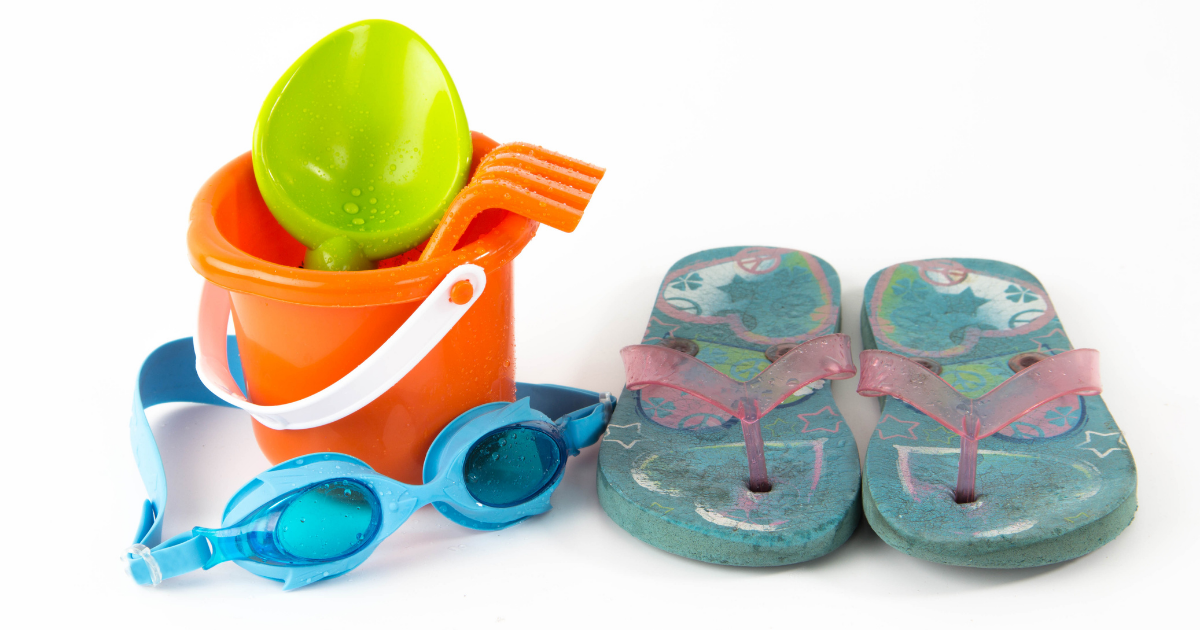
Prepare the toys
To properly store summer toys, you must clean them before storage. It includes removing any food residue from the toy’s surface and following the manufacturer’s instructions for washing or spot cleaning each toy. This will help your child use their toys next year without worrying about bacteria or dirt build-up.
The first step to preparing your summer toys is separating them into different categories or groupings. This will be an easy way for you and your child to keep track of what’s where and a helpful tool in case there are any conflicts over the storage process.
Once everything has been separated according to which areas they’re going in, it may be time for some encouraging words from mom and dad. Encouraging kids gives them a sense of control that helps prevent potential tensions while saving space and time.
The summer is a time for outdoor fun, but you need to store your toys properly to make the most out of it. To prepare them well, start by washing everything and drying all surfaces with high-quality paper towels or dryer sheets. If you have multiple items that are hard to fit in one box, create an inventory list before packing each item separately into boxes they came in from manufacturers so as not to damage any packaging materials.
If larger equipment doesn’t come apart easily, then disassemble it and pack all parts into boxes originally made for the equipment.
It is best to prepare the toys by labeling them and then putting them in boxes. Boxes are an easy way to store items that don’t fit neatly into a box on their own, such as wetsuits or kayaks. If you can’t find enough boxes for your collection of outdoor summer toys, wrap them in plastic sheeting or a tarp before storing them so they stay dry and won’t get damaged while being stored away from direct sunlight.
Ask your family’s help
Ask your family members to help you prepare the outdoor summer toys for storage during the winter months. Please encourage them to help prep the toys to be stored properly and easily accessible when needed.
Although asking your family for help can be daunting, it’s the best way to get a good deal.”Ask your family’s help.” is a phrase that comes up often in parenting. It means children should not be responsible for everything on their own, but they need to ask the people close to them for support and guidance. This particular saying can also refer to other aspects of life, such as work or school-related challenges.
Deep clean the toys
Before giving your kids outdoor summer toys, it’s important to clean them thoroughly. You can use a vacuum cleaner and some old towels to do this afternoon.
There are small and big toys that require different approaches for washing. Start with smaller, less complicated toys to focus on one area at a time, such as the base of the toy or an arm/leg.
You can get your hands on kitchen sponges and put them to work by rubbing down bicycles with dish soap. Liven up a task by filling a kiddie pool with soap and water.
To deep clean a toy, use a paste made by mixing 1 Tablespoon of baking soda with 1 cup of warm water. The paste should be used gently and only on toys that are not too abrasive.
To deep clean your toys, you must give them plenty of time to dry. Air drying is usually the most comfortable and efficient method for cleaning because it dries faster than a wet towel or sponge. However, if you have limited time or want immediate results, running water over them works.
Divide and conquer
An easy way to organize toys is by putting them into bins or boxes. Toy bins can be found at any hardware store, while toy boxes are typically made of wood and can be found in some stores.
The toy organization system is easy to use since all toys are stored by function or size. Toys can be easily sorted into different categories for easy retrieval.
It is important to divide and collect toys so that the room has less storage space. The smaller items can be used for a longer time, which helps save money on toy replacements.
Divide and conquer is a process where you can efficiently organize your things by dividing them into smaller parts. It makes it easy to locate what you need since everything is contained in one place, saving space since all the items are stored together.
Remove any and all batteries
Many summertime toys require batteries to function. If the battery corrodes, then it can lead to problems. You must remove all batteries before storing your outdoor furniture for the winter months ahead. Before putting the fridge in storage, make sure it’s in usable condition so that other people don’t have to deal with water damage caused by rust or corrosion from other materials left outside during an already wet season.
When storing your summer toys outside, you’ll want to make sure any batteries are removed. If the refrigerator has a freezer compartment, unplug it for a day or two before putting it into storage so that the fridge is dry. Make sure to use dish soap and water on any surfaces that could be mold-prone, like shelves or drawers, not to have moisture lead to mold growth inside your storage unit. Keeping them outside of the refrigerator will also help avoid condensation buildup.
It is important to keep them from being damaged by moisture and ensure that they don’t have any batteries to store summer outdoor toys properly. In addition, one should be sure not to lay a refrigerator on its side as this can cause water damage.
Pack the playthings
What you need to pack your child’s toys for storage depends on what you need to store. When storing items, the key is protecting the container. This can be done using bubble wrap or towels rolled around boxes and bins.
A lot of people store their outdoor summer toys in storage units. However, it’s important to know how to pack them properly, or you could end up with a disaster on your hands. One way is by using packing tape and fitted lids for each item, so they don’t shift around during transport and use tied bags instead of crumpled paper because this will allow the items to remain intact from shifting during transportation as well as being able to be more easily located later if needed.
Get creative with organization
When choosing how to store summer toys, it is important to think about the child’s comfort. Consider shelving units or closets for easy access and labeling bins with pictures of what belongs inside. The bin labeled “toys” can be pulled out when wanted. Labeling bins with symbols helps kids identify their items better and create a secondary storage space that can be pulled out when needed. The following are helpful ways to keep your kids’ toys organized and easily found.
The organization is one of the most important aspects of keeping a child’s room neat. When it comes to organizing toys, many different options can be used. The labels on these canvas bags make them easy to identify by their colors for children who have difficulty telling apart similar items while hanging up kids’ toy storage bags keeps everything off the ground where they won’t get stepped on or dirty floors.
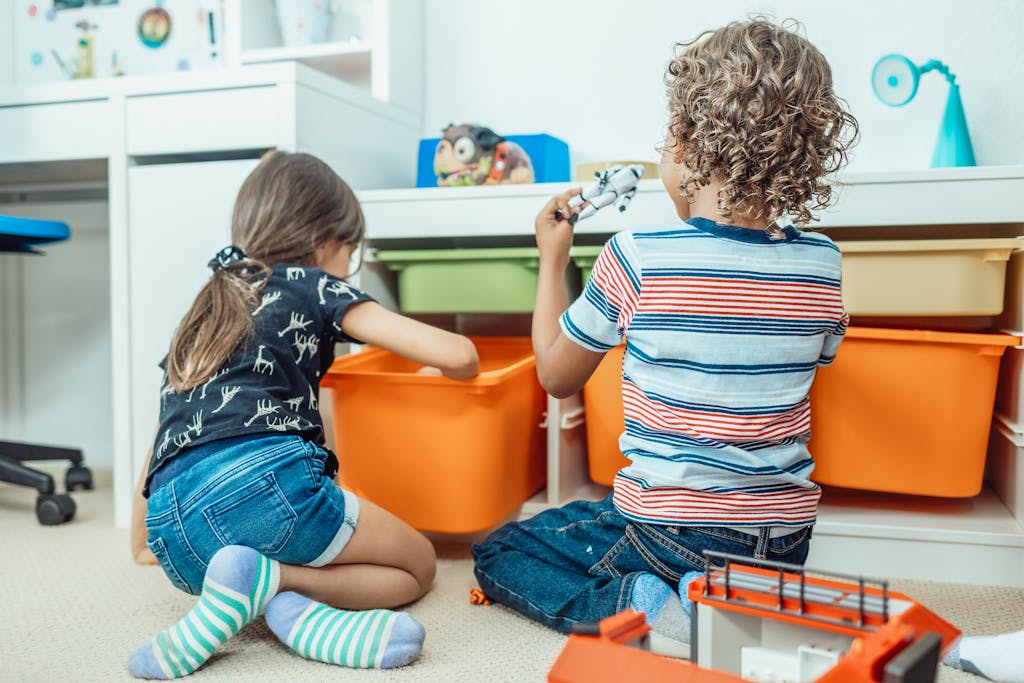
How do you protect outdoor summer toys?
It is important to protect them from the elements when storing outdoor summer toys. Deck boxes are elegant and classic choices for storage. They have a nice design that can be painted or stained to make them look like an old-fashioned boat. Plastic storage bins are lightweight and inexpensive but don’t offer much protection against weathering conditions, so they should only be used in areas with good ventilation. Resin offers the best protection against weathering conditions while still relatively lightweight and affordable; however, it should be placed in a shaded area with proper maintenance. PVC is more durable than resin but not the most resistant to elements, so it should only be used in areas with good ventilation.
The Resin outdoor storage boxes are both beautiful and strong. The bench boxes double as benches with armrests and backrests, making them a great alternative to traditional deck boxes if you want to keep kids’ toys organized during camping or tailgating and in the backyard.
These lightweights, portable yet waterproof units, can easily be transported from one location to another without any hassle of lugging around heavy materials like wood or metal.
Boxes are ideal for storing items vertically or horizontally. Boxes with wheels can be useful to transport your outdoor summer toys around easily, but they aren’t necessary as long as the box is sturdy and well-made. The lock is optional, but it’s a good idea because you’ll have other things stored in the cabinet that may need protection from theft, such as electronics and valuables.
How do you keep outdoor toys clean?
Outdoor storage boxes can be wood, plastic, resin, or PVC. Wood is a clear classic choice and the most durable option for outdoor summer toys. Plastic is more resistant to the elements and needs constant maintenance. Lightweight and fairly inexpensive options include resin and PVC.
The best way to store outdoor summer toys is by using sturdy, lightweight, and portable PVC boxes. Their durability allows them to be stacked on top of each other. The resin used in the construction creates a natural barrier against mold growth and dirt and dust from getting into the box’s interior walls.
They are also easily stackable for easy storage when not utilized or transported around your backyard or patio area.
It’s important to have a storage unit that is both functional and attractive. If your outdoor space has a limited surface area or you just want something with wheels, then a cabinet box might be the best option for you. It will protect your outdoor summer toys from dust and dirt while providing easy access when it comes time to play again in the yard.
Other options include using an open-top deck box or storing outdoor summer toys inside plastic bins either outside of the house on the patio or indoors in a storage unit.
There are many box sizes to store different types of toys, from water toys to sand toys and even sports equipment, so it is important to check out the capacity before purchasing one.
What size storage unit should I rent?
Self-storage is a good way to save space in your home or apartment. Self-storage units typically provide more storage capacity at a lower price than traditional renting. To save money, one should get the smallest unit possible, take advantage of online discounts for self-storage units, and store it at home until you can afford a larger unit.
The easiest spaces to access will be more expensive than those harder to reach.
How much do storage units cost to rent?
Storage units can cost anywhere between $40 and $80 per month, depending on the size of the unit.
It is/ important to store your outdoor summer toys in a storage unit properly. Customers can do this by renting a storage unit and then picking up the items when they’re needed. The facility will typically charge customers for rent, depending on how much space their things need and whether or not the customer needs any special services like climate control.

